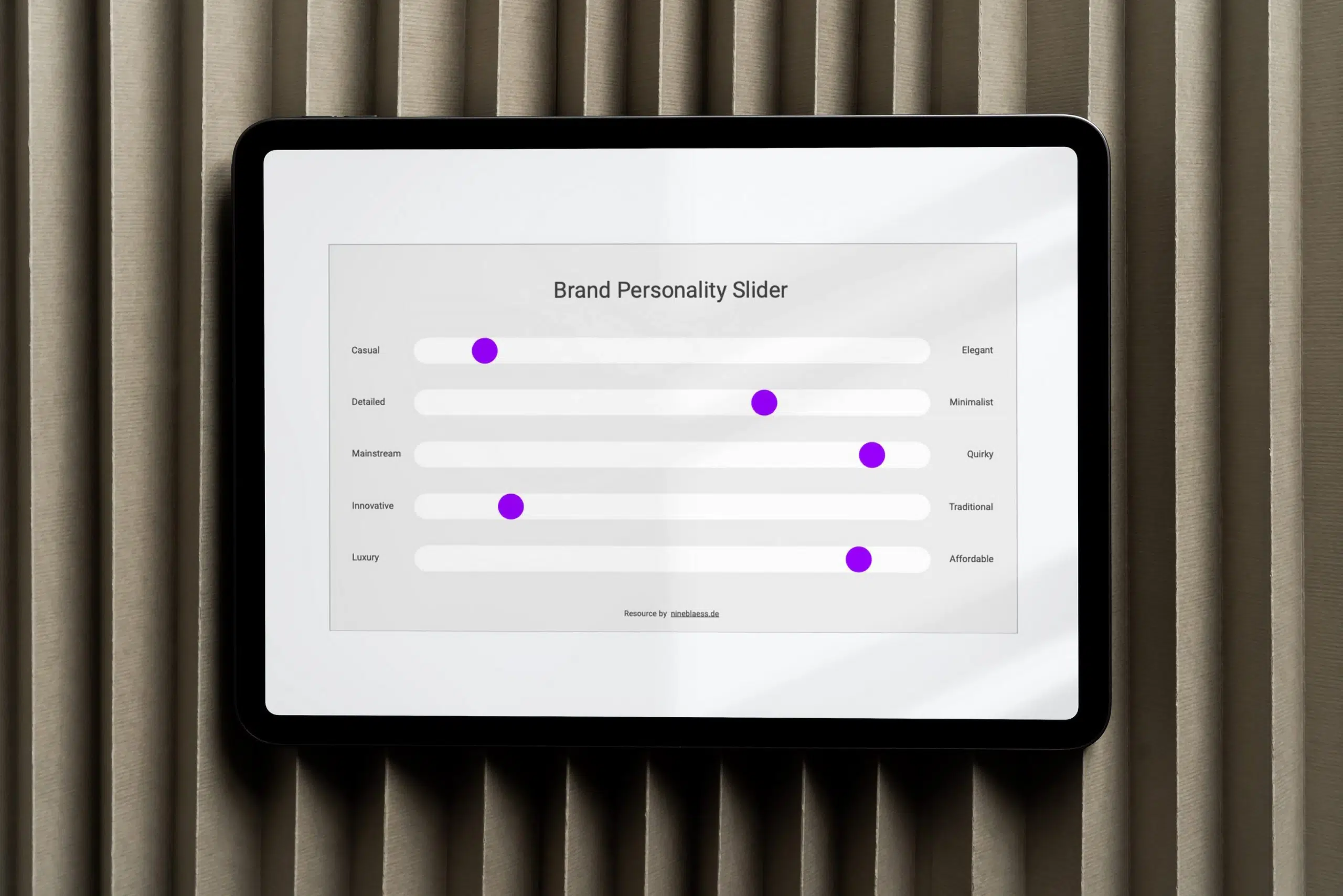Let’s better understand the concept of culture, find out how different disciplines define the term, and see what we can learn from those to develop a strong brand culture.
What is culture?
Culture is a tricky term because it means different things to different people.
Sociologist Raymond Williams actually once said:
Culture is one of the two or three most complicated words in the English language.
In essence, culture is the set of learned behaviours, beliefs, traditions, values, norms and artefacts that shape the identity and interactions of a particular community.
It shapes how we interpret, experience and relate to the world and people around us and forms a sense of community.
Yet, the definition of culture varies across academic disciplines. Each field contributes its own perspective to understanding culture.
Here is a brief overview:
- Anthropology: Looks at how culture influences communities.
- Sociology: Studies how culture shapes societies and behaviours.
- Psychology: Explores how culture impacts individual thoughts and emotions.
- Communication Studies: Examine how culture influences communication dynamics.
- Cultural Studies: Analyse cultural practices and their power dynamics.
- History: Investigates how culture evolves over time.
What is brand culture?
Just as culture shapes the identity and interactions within a community, brand culture does the same for a business.
Brand culture consists of the values, beliefs and symbols that define how your company operates, interacts with its customers and employees and positions itself in the market.
Elements of brand culture
Your brand culture is created by combining tangible and intangible factors that collectively influence how people perceive your brand.
These include:
- Vision & Mission: The purpose and direction of your brand.
- Values: The principles that guide your company’s decisions and actions.
- Beliefs: Your brand’s point of view.
- Behaviours: The actions demonstrating your brand’s commitment to its values and beliefs.
- Interactions: How your brand engages with its customers, employees, and stakeholders.
- Brand Identity: The expression of your unique brand personality.
- Symbols: Visual, verbal, or other sensory cues communicating your brand’s unique identity.
- Traditions: Rituals, stories or experiences that reinforce your brand identity.
- Community: A group of people connected by their affinity to your brand.
By strategically aligning and nurturing these elements, you can create a brand culture that turns your customers and employees into loyal fans and advocates.
Benefits of a strong brand culture
Implementing a solid brand culture brings many benefits, for example:
- Your brand culture becomes your guiding compass, ensuring your brand’s actions consistently align with its core values and beliefs.
- It fosters strong bonds with your customers and employees, fosters a sense of belonging and trust, and promotes a shared identity.
- Your company can attract top talent that identifies with your values through its culture.
- Your brand culture also helps create a consistent brand experience through stories, actions or visual elements.
- Your brand culture serves as a foundation for all decision-making.
- It differentiates your brand from others.
- Ultimately, your brand culture helps keep the brand relevant over time.
How to create an engaging brand culture in 8 steps
1. Define your brand foundation
Developing your brand culture starts with a thorough understanding of your brand.
Take the time to define your brand’s mission, positioning, and values. These factors will later influence its personality and messaging.
When you are clear on who your brand is, who it’s for and why it exists, you are better equipped to create a culture that actually resonates.
2. Define shared values
Align the internal values with the values of your audience to create a common purpose and sense of community.
These shared values will later guide all decisions and actions of your organisation.
3. Lead by example
Brand culture is built from the inside out. Express your brand values in everything you do.
Every interaction, communication and decision should reflect your brand’s beliefs.
4. Create an internal culture
It’s not just about you. Encourage your team to live out the company values, too.
Do your employees know what the brand stands for? Make sure everyone is on the same page. Use your brand voice in internal documents and treat your team the same way you treat your customers.
Involving your employees in decision-making can create a sense of ownership in shaping the brand culture.
This authenticity builds trust, strengthens loyalty and helps retain employees. This makes it a place where people like to work because they can identify with it.
5. Build a distinctive brand identity
Translate your brand foundation into a tangible brand identity.
This goes beyond designing a logo and includes choosing brand colours, fonts, a consistent image style, and your brand voice.
Develop a range of brand assets that work together to deliver a consistent and cohesive brand experience.
6. Embrace traditions
Traditions hold cultures together. You might incorporate them into your branding to create an emotional connection.
This could be rituals, stories or events that shape your overall brand experience.
7. Put people first
People are at the heart of every culture. Therefore, you should put your customers and employees first.
Actively engage them. For example, seek dialogue, encourage them to create user-generated content, conduct surveys and take their feedback seriously.
8. Adapt
As the world evolves, so do cultures—and your brand culture is no exception.
The landscape in which your brand operates is dynamic, influenced by trends, technology, and shifting norms and market dynamics.
To remain relevant and resilient, be open to this change and actively shape your brand culture.
Creating a brand culture in the digital space
At a time when more and more brands operate online, it’s becoming more complex—or different—to build a brand culture.
So you may ask yourself: how can companies create a culture in the digital world?
While some traditional methods may not seamlessly translate to the digital world, others do.
Others become more relevant or offer entirely new possibilities.
Let’s take a closer look:
Quality
In the digital world, the quality of your copy and images matters more than ever.
People form an opinion about your company in a matter of seconds based on their first (digital) impression. If they don’t like what they see, they’ll swipe next.
Consistency
Whether online or offline: Consistency is key to developing a strong brand culture.
Ensure your brand voice, values and personality are expressed consistently across all brand touchpoints—from your website to social media.
This continuity ultimately creates familiarity and loyalty with your brand.
Community
The internet is a great place to build your community. Be authentic, start conversations, respond to comments and promote user-generated content.
You should also inspire your audience to contribute to your brand culture, for example, by running competitions or surveys.
Personalisation
New technology also allows you to tailor your content to the specific needs and interests of your audience.
Show them that you understand them by catering to their preferences and problems.
You can learn more about personalisation here.
Key points
- Culture encompasses learned behaviours, beliefs, traditions, values, norms and artefacts that shape the identity and interactions of a particular community.
- Similar to how culture shapes identity and interactions within a community, brand culture does the same for an organisation.
- Elements such as vision, values, beliefs and brand identity contribute to brand culture.
- A strong brand culture leads to loyalty, attracts talent, differentiates the brand, supports decision-making and more.
- To build your brand culture from the inside out, you need to act as a role model and involve your employees.
If you liked this article, you might also like my article on employer branding.
If you want to create a strong brand culture for your business but are unsure where to start, let’s talk.
Title image by Kaboompics





















